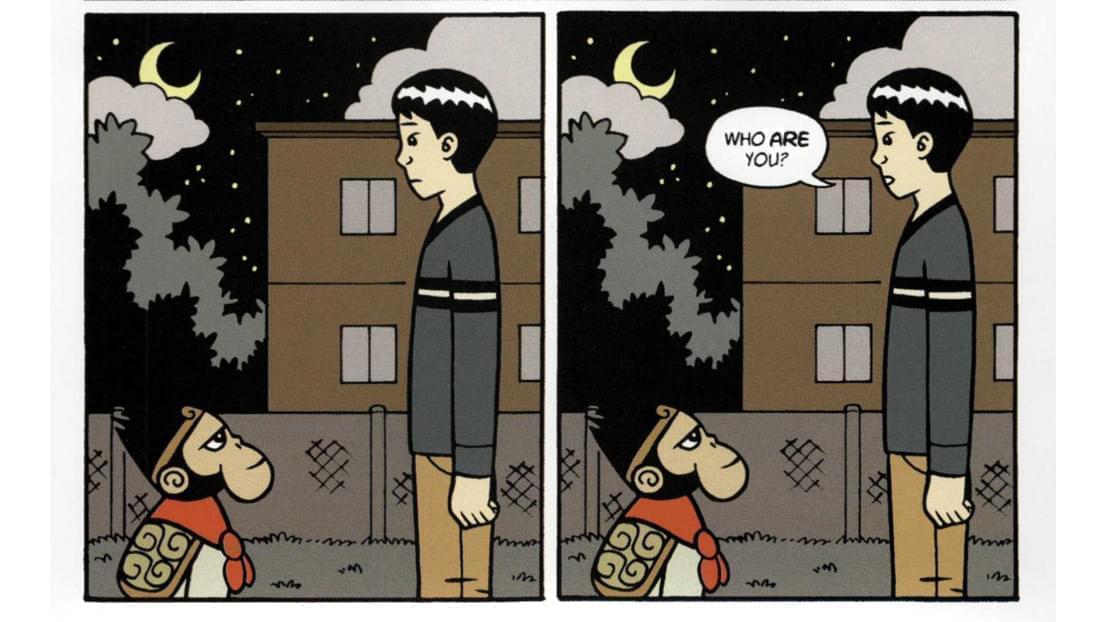Today's Lesson: The AAPI Experience
Since the beginning of the COVID-19 pandemic, Asian, Asian American, and Pacific Islander people have been at the receiving end of a dramatic rise in discrimination, which is why we thought it was important to revisit the idea of race and racism in American. In this second look, we will be focusing on the diversity, the accomplishments, and the experiences of Asian, Asian American, and Pacific Islander people. These conversations can be difficult to start, and often are focused on either talking to very young children, or how to educate ourselves as adults. Below you will find educational resources specifically geared toward school-aged children.
Click here to return to the main page.
Learning Levels
Early Childhood Adolescent AdultRead
American Born Chinese

The story of American Born Chinese consists of three separate tales. The first tale is based upon the legendary folk tale, The Monkey King. The second tale is the story of a first-generation child of immigrants named Jin Wang, who has moved from San Francisco's Chinatown to a mostly white suburb. The third tale tells the story of a white American boy named Danny, whose Chinese cousin Chin-Kee comes and visits every year. These three apparently unrelated tales come together with an unexpected twist, in a modern fable that is hilarious, poignant, and action-packed.
EXTRA CREDIT: The Great Wall of Lucy Wu is the story of sixth grader, Lucy Wu. The book focuses on the concept of a young girl starting a new school year and dealing with the troubles that come with growing up but also with having a split cultural identity.
Watch
Tereza Lee and Undocumented Asian America
First introduced in 2001, the DREAM Act (Development, Relief, and Education for Alien Minors Act) provides an opportunity for young undocumented immigrants who came to the United States as children to be given a pathway toward U.S. citizenship. This immigration bill came to be established because of Tereza Lee, a Brazilian-born South Korean who moved to the U.S. with her parents in 1985 when she was two years old. Tereza’s Chicago high school artistic director advocated on her behalf to U.S. Senator Dick Durbin of Illinois, which led him to co-sponsor the DREAM Act with U.S. Senator Orrin Hatch.
EXTRA CREDIT: In the 1960s, a generation of young Asian American organizers, academics, and artists emerged, ready to define themselves and their history to the rest of America. In particular, the arts reflected the spirit of and supported the Asian American Movement in the fight for social and racial justice, ethnic studies, and visibility.
Listen
From East To West: Journeying Through The Lives Of Asian-Americans In Champaign-Urbana
Sharon Lee never felt like she fit in growing up in Cleveland in the ’70s and ’80s. As the only Korean American at her high school, she was asked if she knew karate or if she was related to Bruce Lee. Sharon—who would go on to earn a doctorate in educational policy from the University of Illinois—is one of 16 people featured in this radio documentary by Uni High students, produced in partnership with Illinois Public Media.

